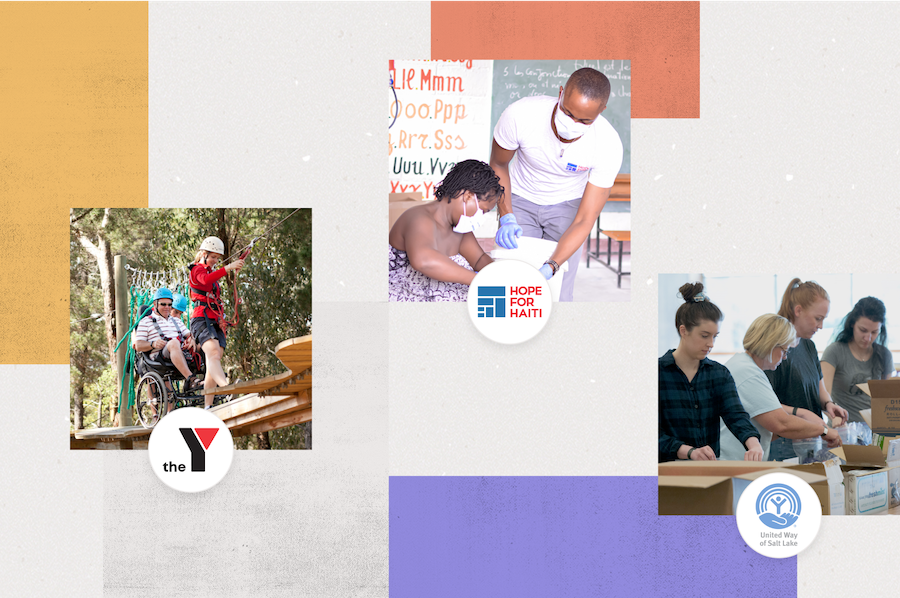Building tools for teamwork
Our co-founder, Justin, recently wrote in Wired about why we need to rethink the tools we use to work together. The article generated a lot of interesting comments, from ideas on knowledge management to fatigue with the “meeting lifestyle,” to this protest on the typical office culture:
“Isn’t the root of this problem that, within our own organizations, we fiercely guard information and our decision-making processes? Email exchanges and invite-only meetings shut out others– forcing the need for follow-up conversations, summary reports, and a trail of other status/staff meetings to relay content already covered some place/some time before.”
To reach its goals, we think a team needs clarity of purpose, plan and responsibility. Technology and tools can help us reach that kind of clarity, but only if they target the right problem. From their roles at Facebook, Asana’s founders have extensive knowledge of social networks, and the social graph technology they rely on. But Asana isn’t a social network. Why? Because, as Justin outlines, the social graph doesn’t target the problem of work:
Our personal and professional lives, even if they overlap, have two distinct goals — and they require different “graphs.”
For our personal lives, the goal is love (authentic interpersonal connection), and that requires a social graph with people at the center. For our work lives, the goal is creation (working together to realize our collective potential), and that requires a work graph, with the work at the center.
Don’t get me wrong: Human connection is valuable within a business. But it should be in service to the organizational function of getting work done, and doesn’t need to be the center of the graph.
So, how does this change the experience for you and your teammates? Asana’s Work Graph data model means having all the information you need when you need it. Instead of blasting messages at the whole team, like “Hey, has anyone started working on this yet?”, you should be able to efficiently find out exactly who’s working on that task and how much progress they’ve made. That’s the target Asana is aiming for. Read Justin’s full Wired article.


